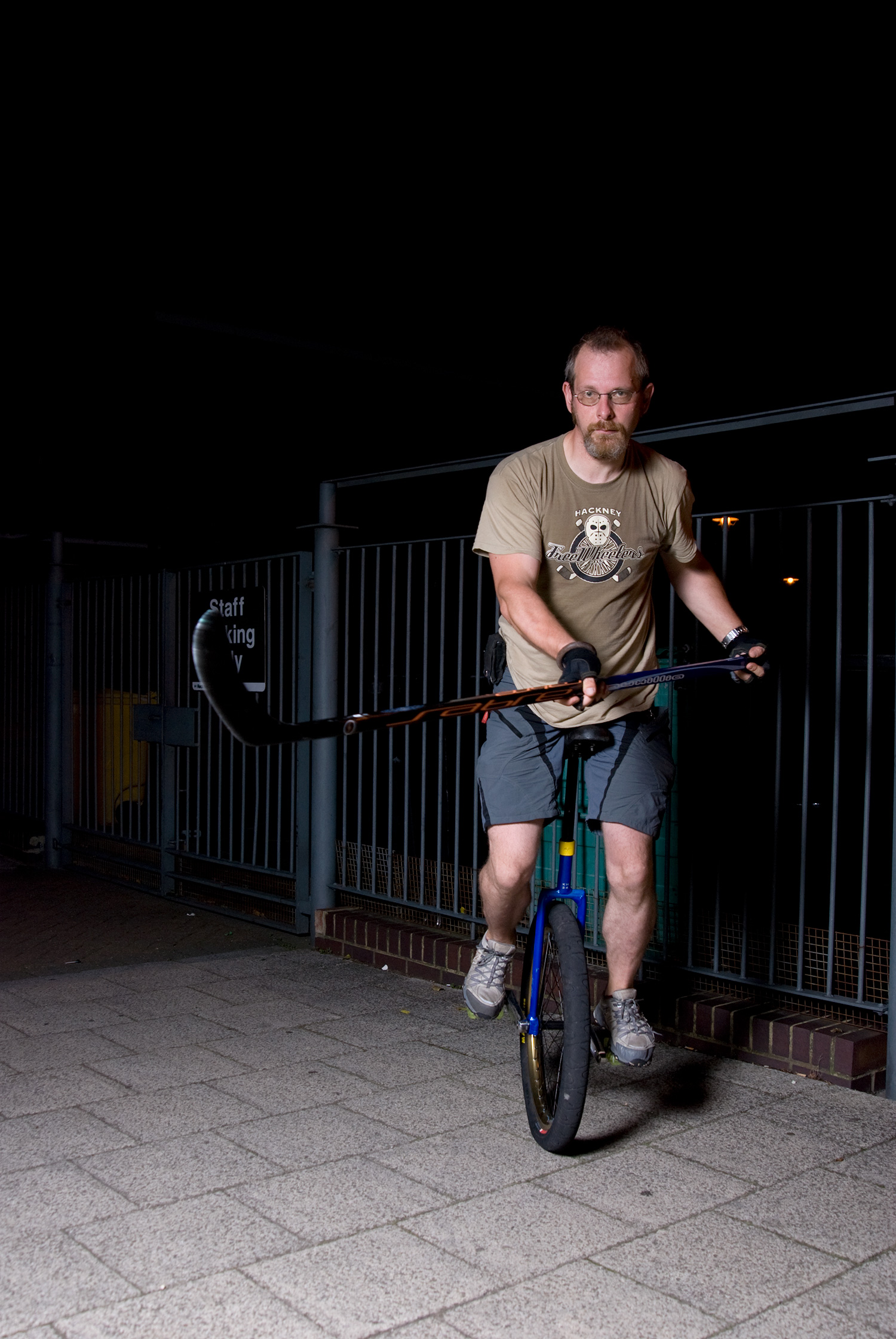Originally published in the Service Gazette, online and in print.
From MOJ to CDS
That observation stands out when comparing a nascent digital government service to a mature one. It’s one I’ve made countless times in the past nine months in my role as the Chief of Design for the Canadian Digital Service (CDS). CDS is a relatively new initiative from the Government of Canada with a straightforward mandate: to design and deliver simple, easy to use services for all Canadians. This idea isn’t new; CDS has been deliberately modelled after other successful digital services in Europe and the United States.
Prior to CDS, I was the Head of Design with the Ministry of Justice (MOJ) Digital team, part of the Government Digital Service’s work to transform the UK government. When I started at MOJ, it never occurred to me that it was a mature organisation as both it and GDS had already won many hard fought battles.
On my first day at MOJ, I added my government email and calendar (both enterprise Google) to my personal iPhone and set up my collaboration tools (Trello, Slack, Confluence, etc.) on a brand new MacBook Pro. None of this seemed extraordinary to me — it was par for the course, especially given my previous 18 years in the private sector.
In contrast, my first day at CDS was a poignant reminder of the differences between a mature organisation and a nascent one. it issued me three devices: a smartphone, a (worn) Windows tablet, and a MacBook. Setting up my government email on my smartphone took half a day. Unblocking the web-based collaboration tools from the government internet took months. As for the Google suite of products, it took just under a year to receive approval to use them in a limited capacity.
Spearheading the digital transformation movement in Canada means that even procuring cloud hosting has required a Herculean effort. It’s only due to the persistence and dedication of a few key CDS people that we’ve been able to recently acquire cloud hosting. In comparison, during my time at the MOJ, most delivery teams had embedded developer operations and spinning up new cloud instances was done without a second thought. Currently, modifying our cloud hosting would need more approvals — something we’re now working to try and change.
The differences and their associated challenges extend to far more than these small, concrete examples. So much of our work at CDS is around change management, affecting culture, and challenging the existing process. Sometimes, it’s even about convincing people that our way of working is both an improvement and feasible!
At MOJ, conducting user research was a normal part of the service design process. Early on at CDS, the research of one of our delivery teams abruptly stopped due to perceived privacy and consent issues. It took several weeks for us to resolve these issues and push forward. Moments like this reinforce that the work of CDS isn’t just around service delivery, it’s also around culture change.
Part of that culture change is demonstrating the value of a service design approach and educating our partners about what that entails. I’ve found that inside the Government of Canada, design is often perceived as being one of two things: graphic design or usability testing. To deliver on our mandate, CDS spends a considerable amount of time educating our partners as to how a user-centred design process works and what that process looks like when applied by an agile delivery team. We’ve had many conversations around what agile is and how it differs from waterfall software development. We’re still asked for “a bit of design” to finish an iPhone app or for a detailed roadmap with timelines even before we’ve started our research.
So yes, the early days are the toughest. But I’ve learnt, having been through them a couple of times with startups in the private sector, that those early days are often the most exciting ones. The frenetic pace and the constant battles are slowly replaced with a stable, well-oiled workplace where new employees are effective sooner, meaning the work of transforming a government for its citizens happens faster. For me, the tough days mean we’re building a solid foundation for the future to deliver a big impact, not a quick one.









































